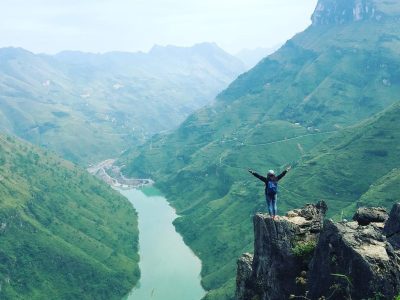
Planning a trip to North Vietnam this year? It’s natural to have plenty of questions and concerns. But don’t worry, we’re here to guide you through the process and help you plan the perfect Northern Vietnam adventure. Whether it’s your first or second visit, this post provides a detailed North Vietnam itinerary packed with useful information to ensure a smooth and unforgettable trip.
The weather in North Vietnam varies between the Delta and the Mountains. Generally, the ideal times to visit are from September to November and March to May when the climate is mild, with temperatures ranging from 15°C to 28°C. During these months, you can enjoy clear skies and a comfortable atmosphere for outdoor activities, unlike the hotter summer season.
Spring in North Vietnam offers temperatures from 15°C to 25°C, with an average humidity of about 80%. While there may be occasional drizzles, the season is often sunny with clear blue skies, making it a great time for tourism and activities like hiking.
Summer is the hottest time of the year, with temperatures ranging from 30°C to 38°C. Humidity levels are high at around 75%, and rainfall is frequent, with precipitation between 240 and 340mm. Be prepared for sudden showers, as rains can come and go unexpectedly.
Autumn is a popular season for tourists due to its cool, dry weather and gentle breezes. Temperatures average between 24°C and 30°C, making it ideal for outdoor activities. This season often sees the highest number of visitors across Vietnam.
In Northern Vietnam, winter typically lasts from late November to February. This is the coldest season, with temperatures often falling below 10°C. In mountainous regions like Ha Giang, Sapa, and Mau Son, conditions can be even harsher, with temperatures sometimes dropping as low as 0°C.
When planning your trip to North Vietnam, securing the right accommodation is key to a comfortable and enjoyable experience. There are several reliable platforms you can use to book accommodations that suit your preferences and budget:
These popular booking platforms offer a wide variety of accommodation options ranging from budget guesthouses to luxury resorts. You can filter your search by price, location, and guest ratings, making it easy to find the perfect place to stay. Most listings come with detailed descriptions, photos, and reviews from previous guests, helping you make an informed decision. They also often provide free cancellation policies, discounts, and special offers, which can be a big plus when planning your trip.
For a more local and personalized experience, consider booking through Airbnb. This platform allows you to stay in local homes, apartments, or unique stays such as eco-lodges or countryside villas. Airbnb offers a wide range of choices, from private rooms in family homes to entire properties, giving you flexibility depending on your needs. It’s also a great way to experience North Vietnam's culture more intimately, as many hosts offer local insights and recommendations.
North Vietnam is a captivating blend of natural wonders, historic cities, and rich hill tribe cultures. For those eager to explore Vietnam's breathtaking landscapes and cultural heritage, this region offers it all. Below are some popular tourist attractions, along with a few hidden gems, that you should definitely add to your itinerary. Each destination promises unique experiences and sights worth exploring.

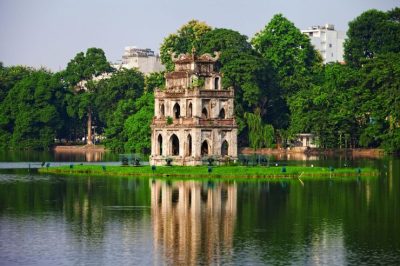
Hanoi, Vietnam's capital, is a charming fusion of tradition and modernity, with a wealth of fascinating attractions.

Ninh Binh is a stunning province filled with natural and cultural treasures.
Other noteworthy spots include Tuyet Tinh Coc, Thung Nham Bird Park, Bich Dong Pagoda, Thai Vi Temple, and Non Nuoc Pagoda, making Ninh Binh a top destination for history and nature lovers alike.
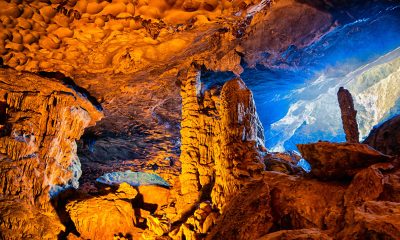

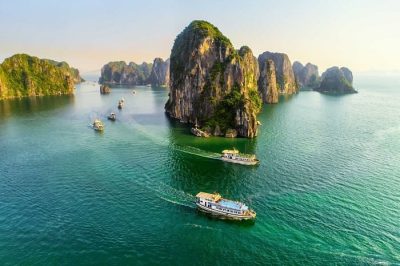
Ha Long Bay is a world-famous destination, known for its breathtaking scenery and natural beauty. It offers a variety of activities and attractions to make your visit memorable.
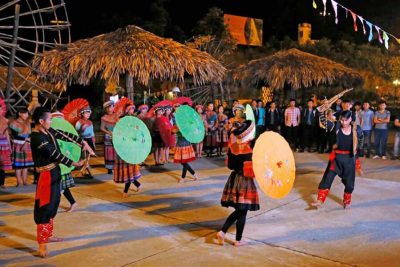
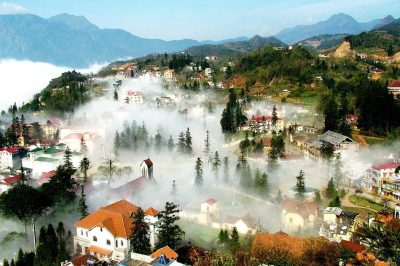
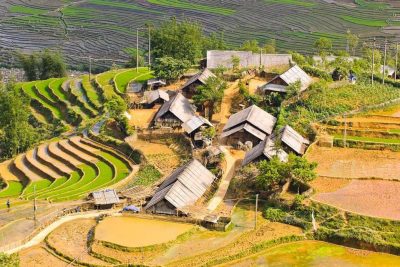
Tucked away in the Hoang Lien Son Mountain Range, Sapa is a must-visit for nature lovers and those wanting to explore Vietnam's ethnic diversity. Its cool climate and stunning landscapes provide a refreshing break from city life.

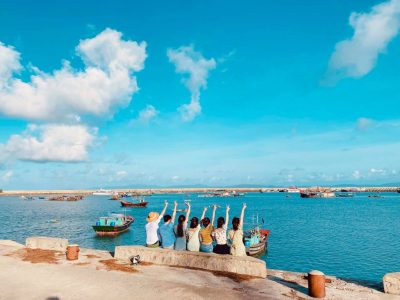
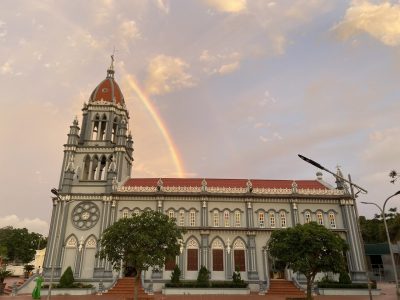
Hai Phong is a bustling coastal city offering a mix of natural beauty and historical attractions.
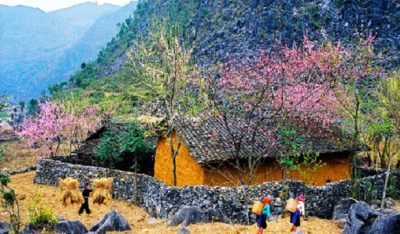
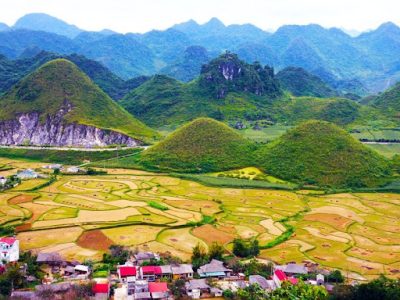
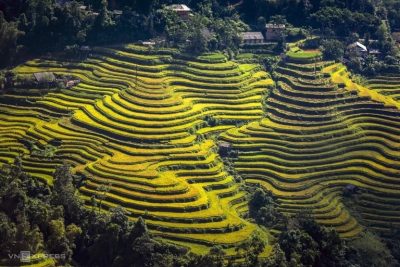
Ha Giang is a province known for its untouched natural beauty and rich cultural diversity. With breathtaking mountainous landscapes, winding roads, and traditional villages, it offers a glimpse into the unique lifestyles of local ethnic minorities.
Though Ha Giang is a standout, don't forget that other regions of Vietnam also offer incredible destinations to explore. In Central and South Vietnam, places like Phu Quoc, Hoi An, Hue and Da Lat are waiting to be discovered.
To explore Northern Vietnam with ease, refer to one of the recommended itineraries below:
Day 1: You should spend your first 2 days of the North Vietnam itinerary in Hanoi. You can visit many iconic landmarks, try the street food, experience the traditional culture, and enjoy the vibrant nightlife.
Day 2: Continue your trip to Ninh Binh to explore the peaceful landscape and rich biodiversity.
Day 3,4: The last destination in this North Vietnam itinerary is Ha Long Bay, a UNESCO World Heritage Site.
Day 1: Start your North Vietnam itinerary by exploring Hanoi.
Day 2,3,4: You can take a night train from Hanoi to Sapa or choose an all-inclusive Sapa tour for a more comfortable experience. While in Sapa, admire the natural landscapes and learn about the local culture.
Day 5,6: Conclude this North Vietnam itinerary by going to Ha Long Bay and discovering the many hidden gems here.
Day 1: Start your North Vietnam itinerary by exploring Bai Chay, Quang Ninh.
Day 2: Experience Dao Culture at Ban Thuong
Day 3: Conclude this North Vietnam itinerary by going to Ha Long Bay and discovering the many hidden gems here on the cruise.
To facilitate a smooth travel experience, we provide comprehensive Vietnam visa services, ensuring that your journey to North Vietnam and other incredible destinations is effortless and enjoyable.
We provide fast Vietnam tourist visa services in as little as 1 hour